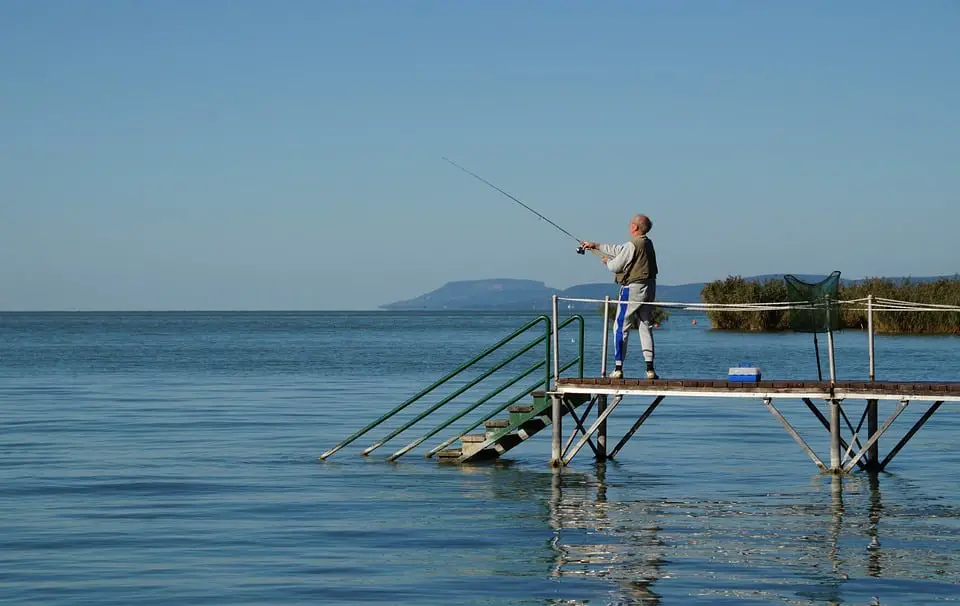
It may seem a little strange that a fish most associated with streams, ponds, rivers, and lakes is also found in salt water areas along the coast. However, there are salt water crappie that have managed to survive in areas where most freshwater fish avoid.
What are Salt Water Crappie?
There are no distinctive differences between salt water and fresh water crappie, it’s just a matter of where they live. While salt water crappie are not found in the open sea, they do exist in the creeks, rivers, and bodies of water that are fed by the salt water that comes from the ocean. This means that they exist in water that has a higher salt content compared to fresh water, but still carry the same physical and habitual characteristics of their fresh water siblings.
There are two recognized species in the genus, white crappie and black crappie. The differences between both are rather subtle. Both are the same shape, size, and have the same habits in terms of feeding, spawning, and where they live. The most noticeable difference is that black crappie have an additional dorsal spine or two compared to white crappie. Plus, black crappie have rows of dark spots on their anal, caudal, and dorsal fins while white crappie have vertical rows of smaller spots.
White crappie seems to be more at home in darker, murkier waters compared to black crappie and places where less vegetation exists.
Habits
You mostly find both species of crappie in lakes, rivers, and streams where calmer water is present. They are found in all 48 contiguous states, although their salt-water relations can be found in the swampy waters that dot the coastline, often where rivers and lakes are located next to the ocean. This is most common along the Gulf of Mexico and the Atlantic. This may be because while crappie most often live near vegetation, they actually seem to thrive in open waters.
Crappies will feed mostly in the morning and evening hours while staying relatively docile during the day. Their diet mostly consists of smaller fish, plankton, small crustaceans, and shad. They will also eat their own young as well, if only because female crappie produce tens of thousands of eggs and when they hatch resemble the very food they normally consume.
Because of their reproductive nature, there are few restrictions when it comes to fishing for crappie, whether they are found in fresh water or salt water. Spawning season in the spring and early summer is a good time for fishing, especially if you enjoy crappie eggs. However, fishing for crappie is appropriate the year-round and they can be found usually amid vegetation along the shoreline.
Texas, Louisiana, Mississippi, Alabama, and the Carolina coastlines are arguably the most common places to find the salt water versions of crappie. While their numbers are far less compared to their fresh water counterparts, you can still find crappie in the saltier waters that are near the ocean and they have a similar taste to crappie found in fresh water.
Related: